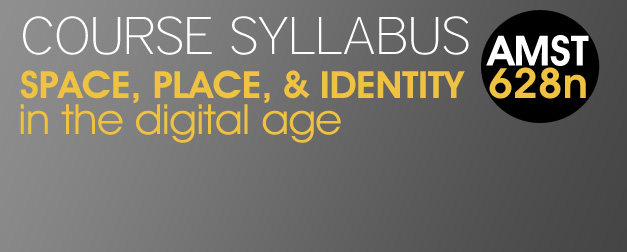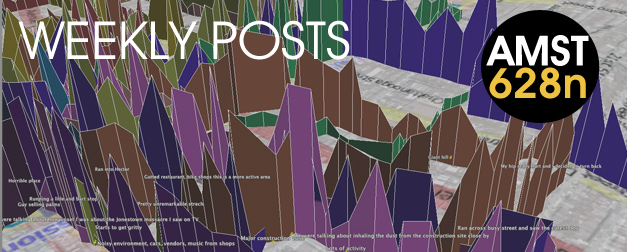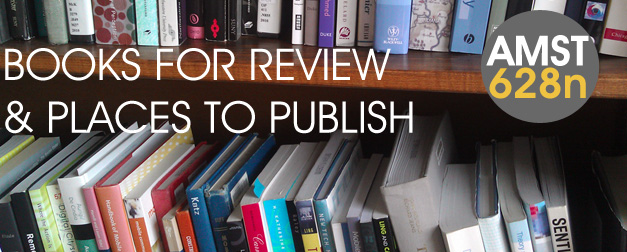Weekly Post: Soja, Paglen, Harpold
1) Paglen’s work on blank spots reminds us that mapping and maps are not just about how particular places are represented but also about the places that are left unmarked or hidden. He also emphasizes…



1) Paglen’s work on blank spots reminds us that mapping and maps are not just about how particular places are represented but also about the places that are left unmarked or hidden. He also emphasizes…
I’m interested in Paglen’s discussion on “missing space” as “secret space” (17). What intrigues me are the cultural/imperial aspects. In considering space as ‘owned’ and the mapping of that space written in a complex power…
Space: Soja’s definition of space is of particular interest to me. He argues for understanding space as always being filled with politics and ideologies (19). This goes back to previous discussions about space not being…
Drawing from Soja’s discussion of spatiality: I’ve long been fascinated by the way websites, as spaces, shape conversation and change how users interpret co-participants’ motivations. As has long been noted, certain conversational…
1. Perhaps this might sound off, but I was thinking about the emphasis that Soja and Paglen put on the role of academia in the configuration of spatial justice and geographical design. In Soja’s article,…
1. Like Avery, this week’s readings got me thinking about the ways in which we map things that are not strictly geographical. I’m thinking specifically about the ways we do (or don’t) map digital spaces,…
Essentially what Soja is doing here is emphasizing the idea that bodies are both spatial and temporal – they do not exist separately or as one or the other. I can appreciate the text here…
For my graduate seminar, we have been exploring the connection between maps, embodiment, and the production of space. As an experiment in proprioception, we decided to get our bearings playing Zork. We played…
1: Soja begins by talking about, if not a dichotomy, a separation between spacial and temporal thinking. While I don’t mean to claim that Soja has declared these two necessarily exclusive, he does highlight that…
http://m.theatlantic.com/technology/archive/2012/09/how-google-builds-its-maps-and-what-it-means-for-the-future-of-everything/261913/
An article about the technology behind Google Maps, with a reference to UMD’s Nathan Jurgenson.
…
Definitions:
Space: that which we create in and around us by virtue of our bodily presence, by virtue of our relationship with other bodies (including objects), and by virtue of practices of representation (digital or…
1) This thought has sort of been on my mind while reading Dr. Farman’s second chapter, and not really in one particular spot, but I wonder, if our concept of space is being consistently more…